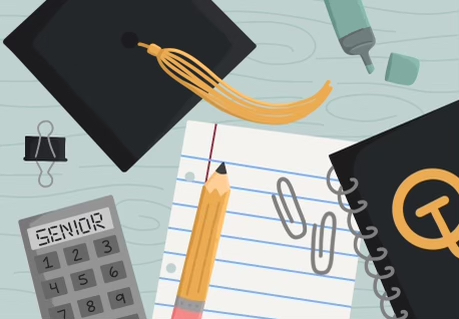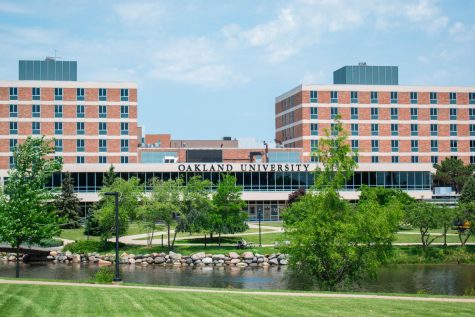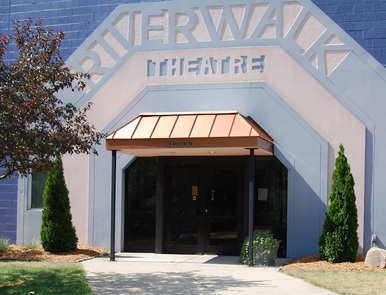Adding to the Grizzly den: enrollment to top 20,000
Enrollment is projected to top 20,000 students this year for the first time in school history.
Although no official number has yet been made available, Laura Schartman, who compiles the data annually in her capacity as director of the Office of Institutional Research and Assessment, said they are certain they will hit the milestone.
“This is just kind of building on the growth we’ve been doing,” Schartman said. “It’s kind of right in line.”
Infusion of youth
A big reason for the projected increase over last year’s 19,740 attendees is a large incoming freshman class estimated at 2,550 students.
Director of Admissions Eleanor Reynolds said she thinks prospective students and their families take into account a number of factors when choosing OU.
“We provide a very strong competitive scholarship program,” Reynolds said. “I know that when they come to campus they are able to see our facilities, that we’re growing. We’re going to have new buildings, new equipment, new facilities, new housing. We’re a very energized campus right now.”
Reynolds thinks initiatives like the First-Year Advising Center have a major impact.
“(Parents want) somewhere the folks on the campus are going to be paying attention to their student,” she said. “They want to know that the university is going to take the extra time and effort to pay attention to their student, particularly during that first year.”
Reynolds expects that the university will be able to continue to give students personalized attention through smaller class sizes given the increases in classroom space and faculty members that have been taking place.
Holding their water
Schartman said another key factor is the retention of students going into their sophomore year.
“The return rate is up to 78 percent this year, and that’s quite a few more that are coming back,” she said.
The number is up eight points from last year and has reached a level not seen in some time, according to Schartman.
She said the retention level probably has something to do with concentrated efforts across the university.
“The whole process of bringing students into the university and keeping them is more intentional,” Schartman said. “It’s more coordinated. We always had a lot of things that people were doing to help students, but they were not connected, and everybody wasn’t working with everybody else necessarily.”
The first class of students to come through the First-Year Advising Center are now entering a second-year experience program to prepare them as they enter in their major and have major advisers take over.
As a result of this increased emphasis, Schartman expects a jump in the four-year graduation rate for this class.
Other numbers
Transfer student numbers will be down this year, around 1,900 according to Schartman. This is attributed to decreased enrollment at community colleges.
Growth is also expected to slow for the next couple of years as universities compete for what is expected to be a smaller class of high school seniors.







